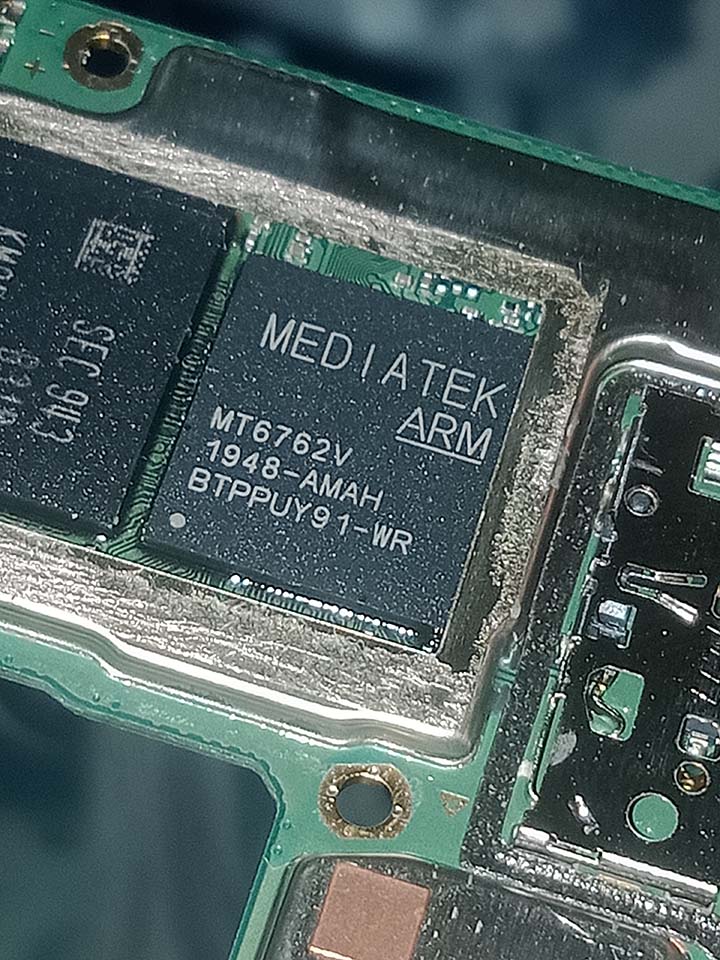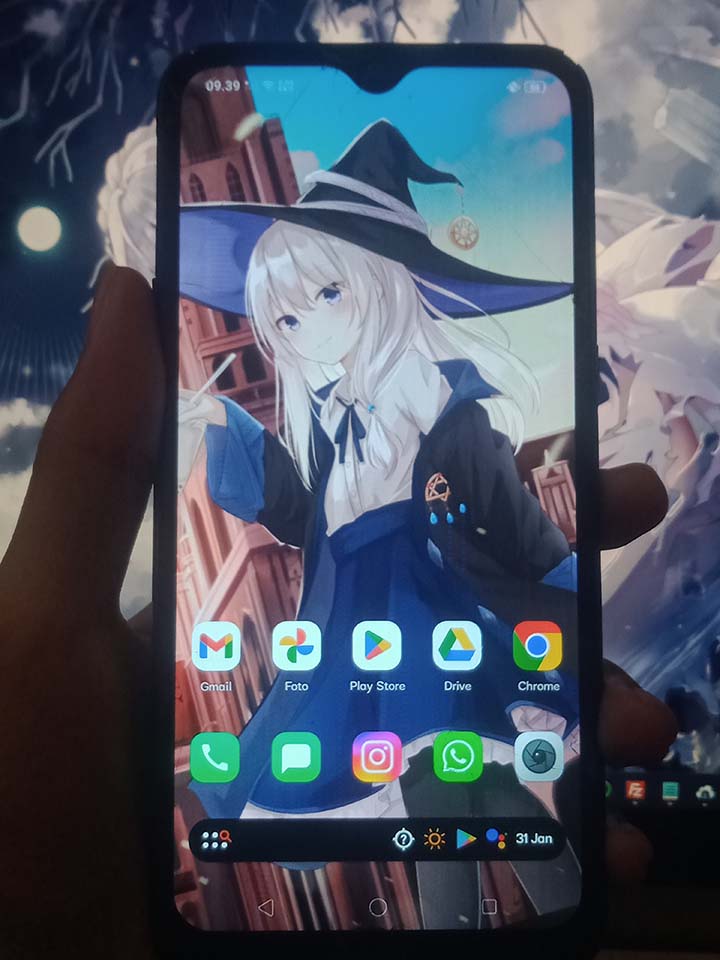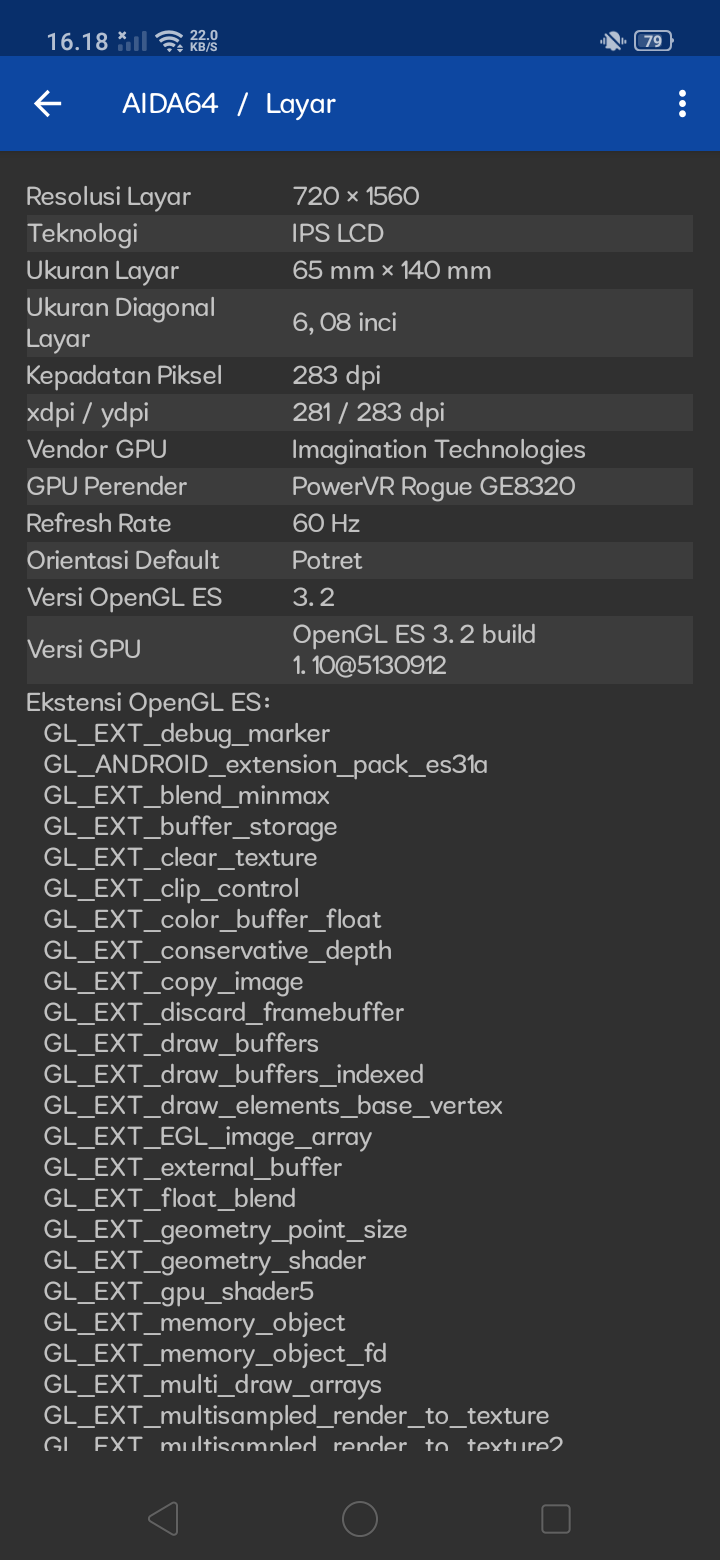Comparing: NVIDIA Quadro P4000 vs IMG PowerVR Rogue GE8320 650MHz
In this comparison, we analyze two Videocards: NVIDIA Quadro P4000 and IMG PowerVR Rogue GE8320 650MHz, using synthetic benchmark tests to evaluate their overall performance. This side-by-side comparison helps users understand which hardware delivers better value, speed, and efficiency based on standardized testing. Whether you're building a new system or upgrading an existing one, this benchmark-driven evaluation offers valuable insights to guide your decision.

IMG PowerVR Rogue GE8320 650MHz
| Type: | Videocards |
|---|---|
| Brand: | Imagination |
| Model: | PowerVR GE8320 650MHz |
Specification Comparison Table
This specification comparison presents technical details of several devices or components to help you understand the key differences between each option. Use this table as a reference to determine which device best suits your needs.
| Specification | NVIDIA Quadro P4000 | IMG PowerVR Rogue GE8320 650MHz |
|---|---|---|
| Architecture | Pascal | PowerVR Series8XE |
| Codename | GP104 | - |
| Buswidth | 256 bit | - |
| Clock | 1202 MHz - 1480 MHz | 400 MHz - 680 MHz |
| Memory Clock | 8GB GDDR5 | - |
| Technology | 16 nm | 20 nm |
| Interface | PCIe 3.0 x16 | IGP |
| Technology | 16 nm | 20 nm |
| Segment | Desktop | Mobile |
Submission Comparison Table
This submission comparison table displays the number and details of benchmark data submissions from various devices or components. This information helps you understand the performance based on the benchmarks that have been tested, as well as providing an overview of the consistency and popularity of the available benchmark results.
Submission Comparison Chart
This chart visualizes the benchmark scores comparison between two hardware devices based on submitted data.
Media Gallery
A collection of photos of tested hardware. These images can help you identify the physical form, model, and variant of the hardware in question. These photos are from our own documentation, and if they are not available we may not be able to document them.
About Hardware NVIDIA Quadro P4000
NVIDIA Quadro P4000 is a mid-to-high-end workstation graphics card specifically designed for professional needs such as CAD design, 3D modeling, simulation, and rendering. Based on the Pascal architecture, this GPU is equipped with 1792 CUDA cores and 8GB of high-speed GDDR5 VRAM memory, providing an optimal balance of computational performance, power efficiency, and stability for intensive workflows in the creative and engineering industries.
Quadro P4000 comes with the key advantage of officially certified driver support for professional applications such as Autodesk Maya, SolidWorks, CATIA, PTC Creo, Siemens NX, and Blender, ensuring more stable and accurate performance than gaming-grade graphics cards. The GPU supports NVIDIA Quadro Sync, Mosaic, and DisplayPort 1.4 technologies, enabling multi-monitor configurations up to 8K resolution for complex visualization needs.
In addition, the Quadro P4000 has high-precision computing capabilities (FP64) that are ideal for engineering simulations and numerical analysis. Compared to consumer cards such as the GeForce GTX 1070, the Quadro P4000 offers advantages in color accuracy, rendering precision, and long-term compatibility and stability in professional work environments.
Installed on powerful workstation systems, this GPU is perfect for engineers, architects, animators, and content creators who require high graphics performance without sacrificing reliability and efficiency.
Thursday, 23 June 2022 07:42:37 | Update: 1 month ago
About Hardware IMG PowerVR Rogue GE8320 650MHz
The PowerVR GE8320 (650MHz) is an integrated GPU designed specifically for entry- to mid-range mobile devices. It offers efficient and power-saving graphics performance, making it an ideal choice for smartphones that focus on daily use, such as interface navigation, video playback, and light gaming. With a clock speed of up to 650MHz, the PowerVR GE8320 is capable of delivering a fairly smooth graphical display across a wide range of applications, especially at HD+ (720p) screen resolutions commonly used in entry-level devices.
Built on the PowerVR Rogue architecture, this GPU supports various modern graphics APIs such as OpenGL ES, Vulkan, and OpenCL, ensuring compatibility with many of today's Android apps, including casual games and multimedia apps. Although not intended for heavy gaming or graphics-intensive applications, the PowerVR GE8320 is still capable of running a variety of popular games with low to medium graphics settings, such as Mobile Legends, Subway Surfers, or Free Fire, with fairly stable performance.
The test was conducted using a Realme C2 device, powered by a MediaTek MT6762V SoC (Helio P22) and combined with 2GB of RAM and 32GB of eMMC 5.1 internal storage, running Android 9 with ColorOS 6 interface. With this configuration, the Realme C2 provides an accurate picture of the PowerVR GE8320's graphics capabilities in real-world conditions.
In terms of benchmarks, the PowerVR GE8320 recorded quite competitive scores in its class. On Geekbench 4 Compute, the GPU scored 2,969 points, showing sufficient graphics computing performance for light multitasking and basic visual processing. In AnTuTu Benchmark v9 (Mobile) - GPU, the score achieved was 12,663 points, while the AnTuTu v10 (Mobile) - GPU version showed improvement with a score of 13,935 points, reflecting better driver efficiency and system optimization in the latest version.
Overall, the PowerVR GE8320 is a power-efficient GPU aimed at affordable mobile devices, with adequate performance for everyday activities. For users who do not require high graphics performance but want a smooth usage experience, this GPU is an economical and reliable solution. It is suitable for students, first-time smartphone users, or users who are more focused on battery life, system efficiency, and modern app compatibility.
Device Test (Testbed):
Device: Realme C2
Device Specs: MediaTek MT6762V, 2GB RAM, 32GB eMMC 5.1, Android 9, ColorOS 6
Thursday, 15 February 2024 10:58:49 | Update: 1 month ago



